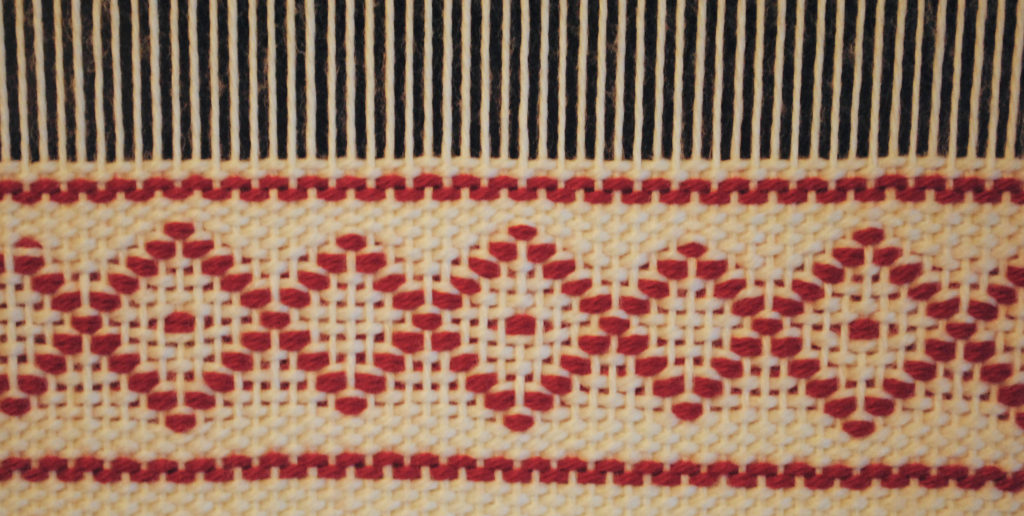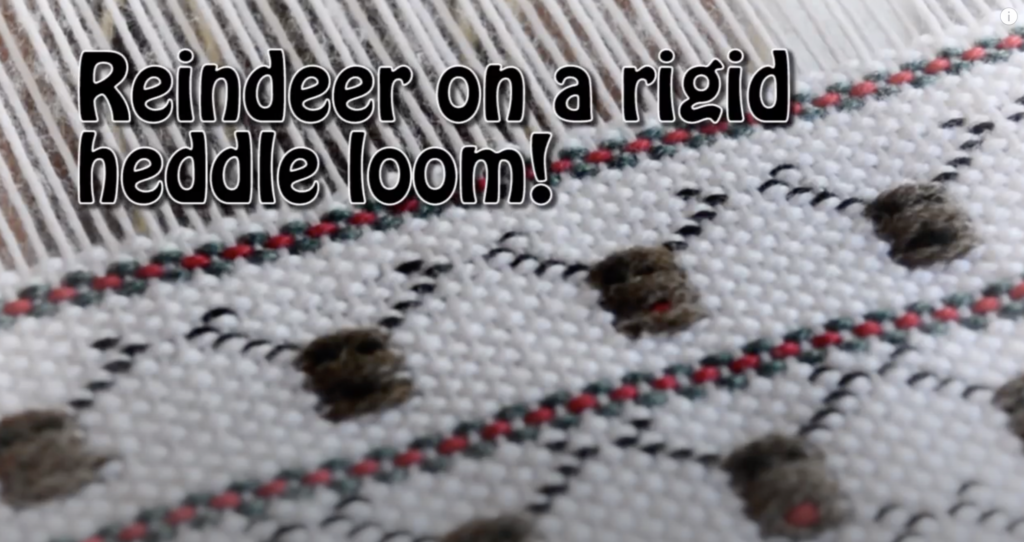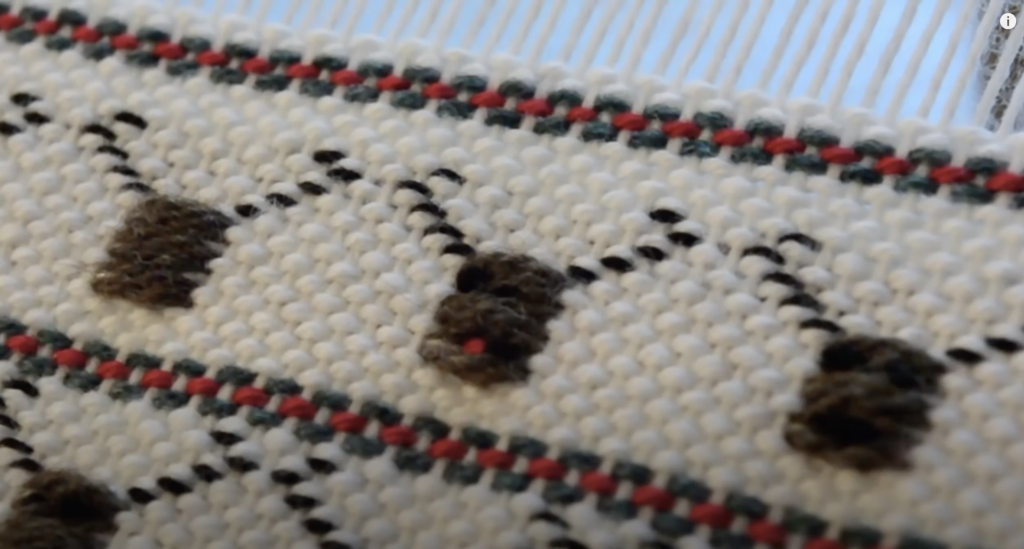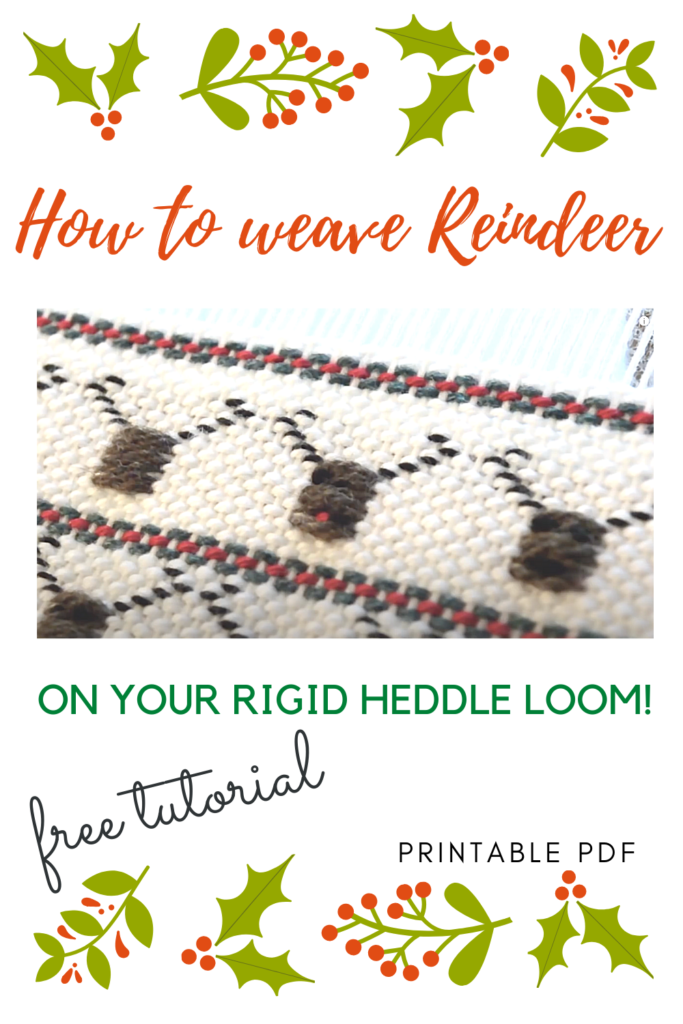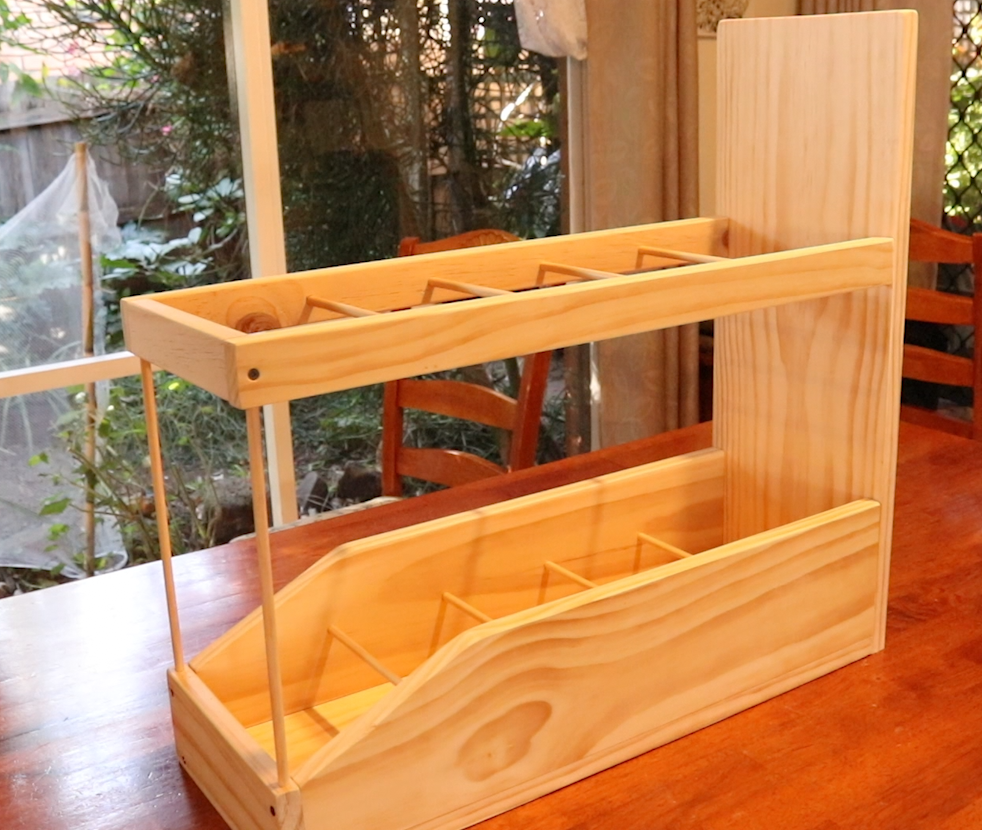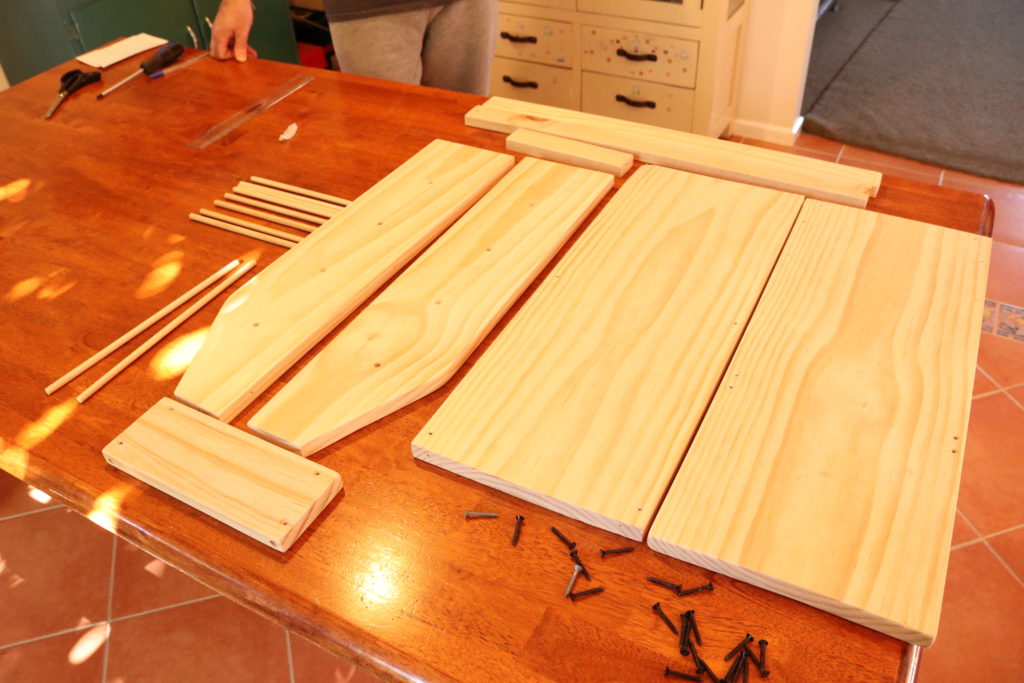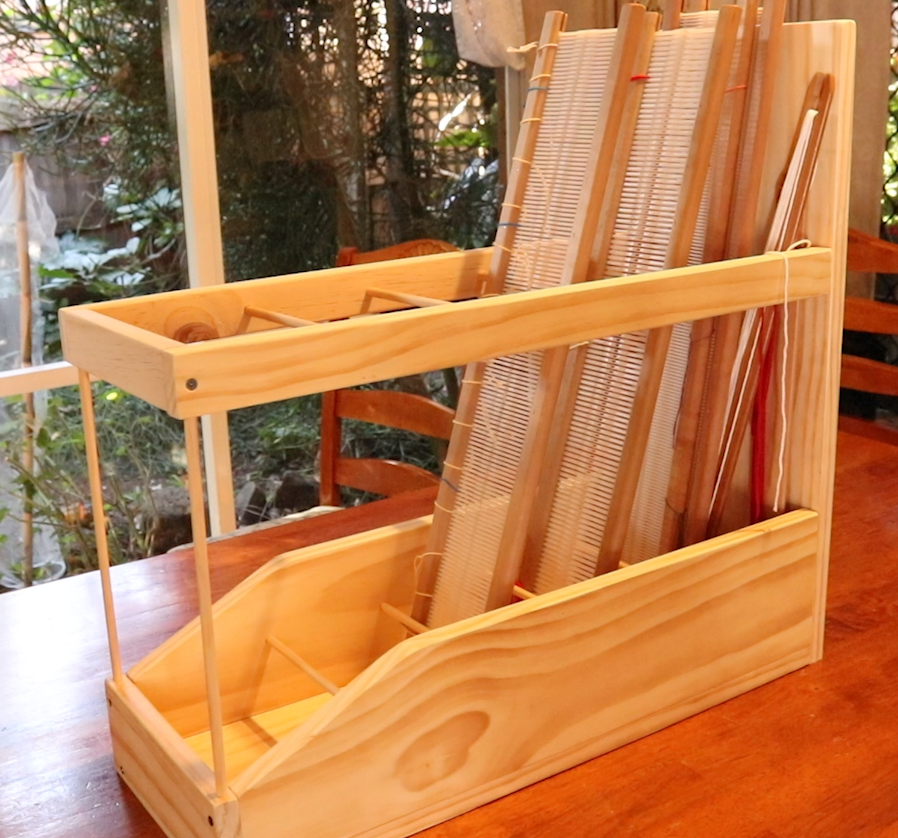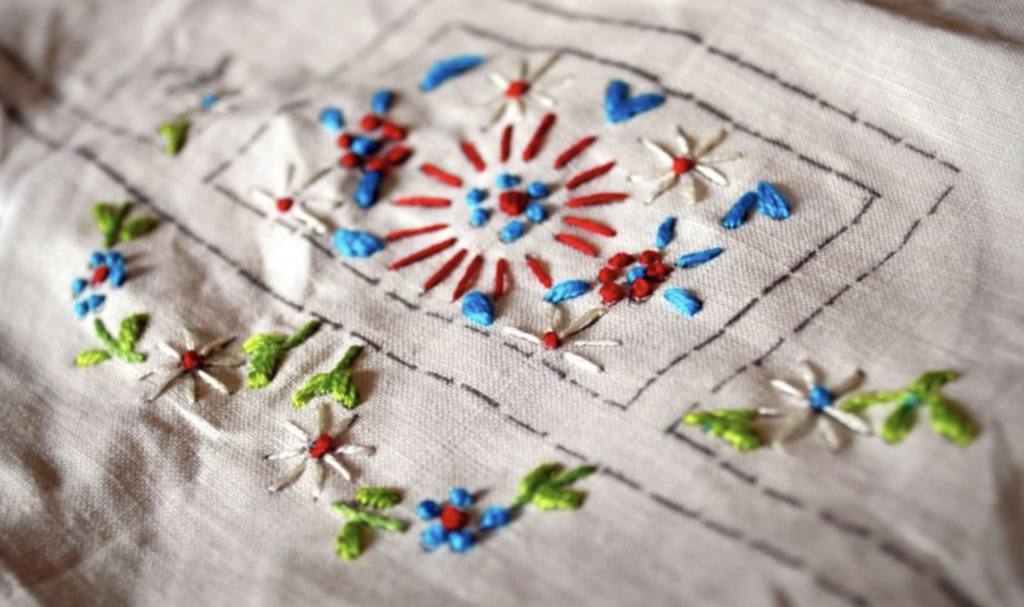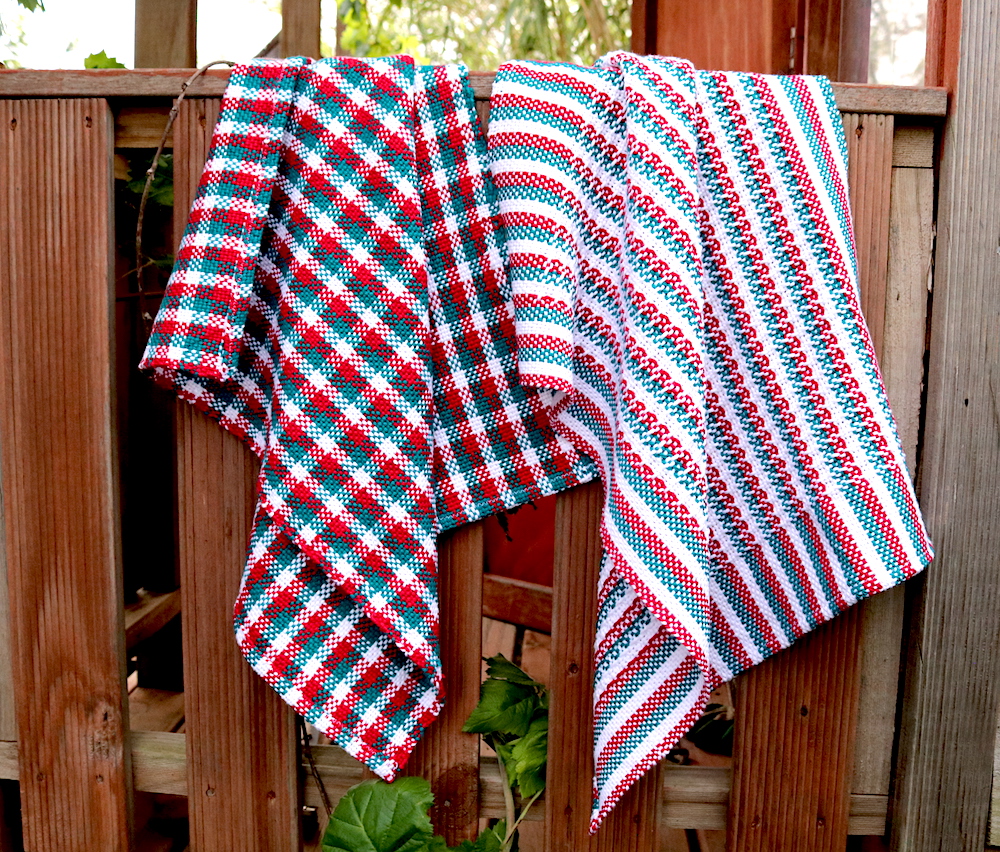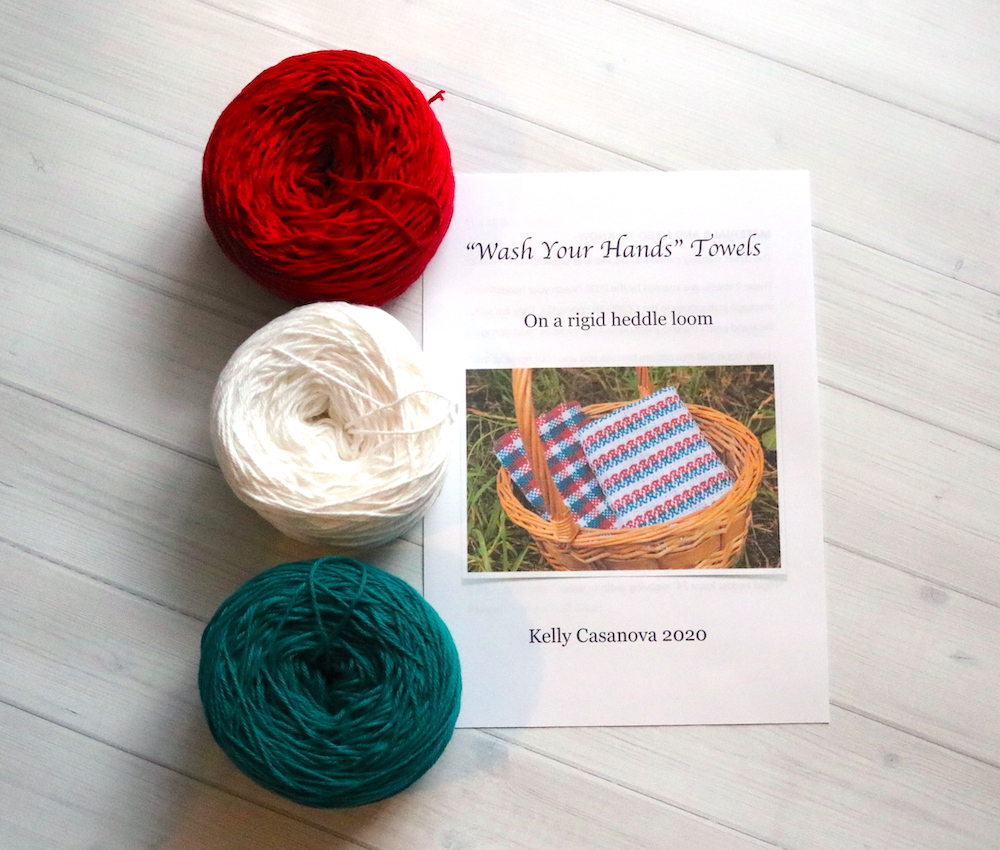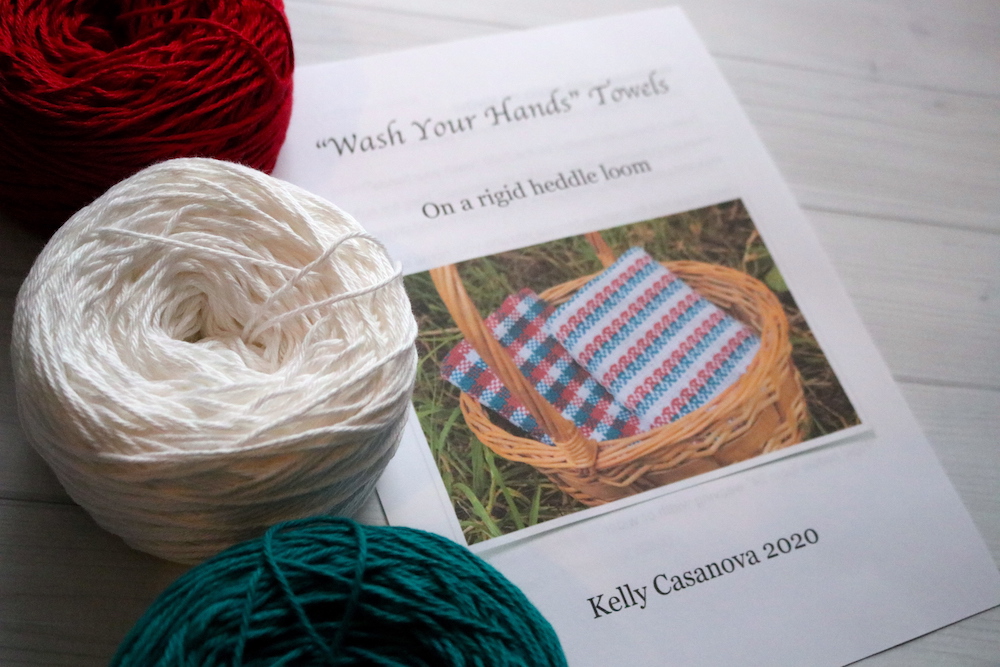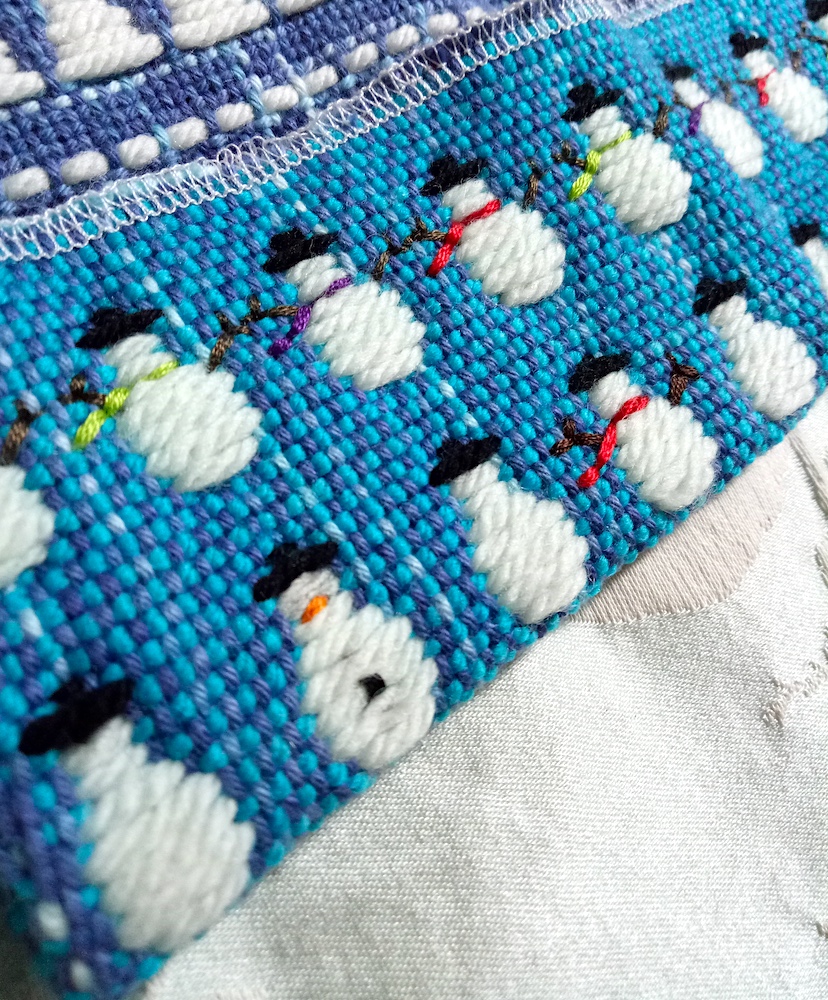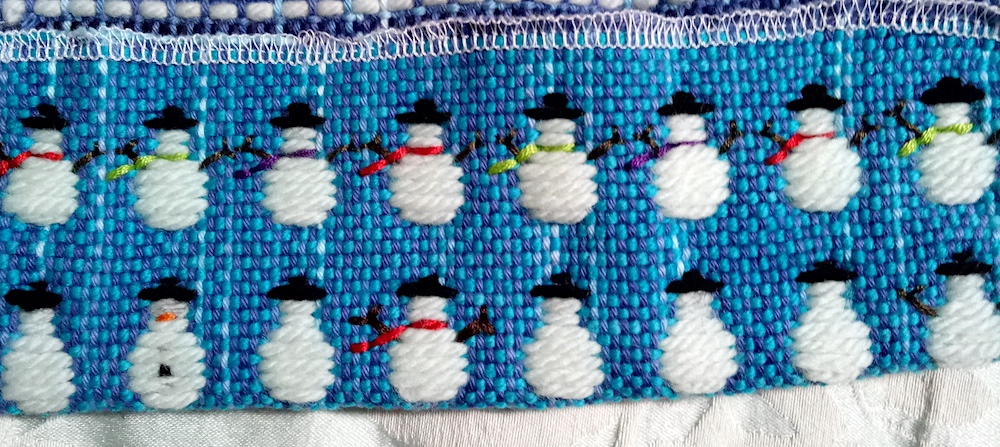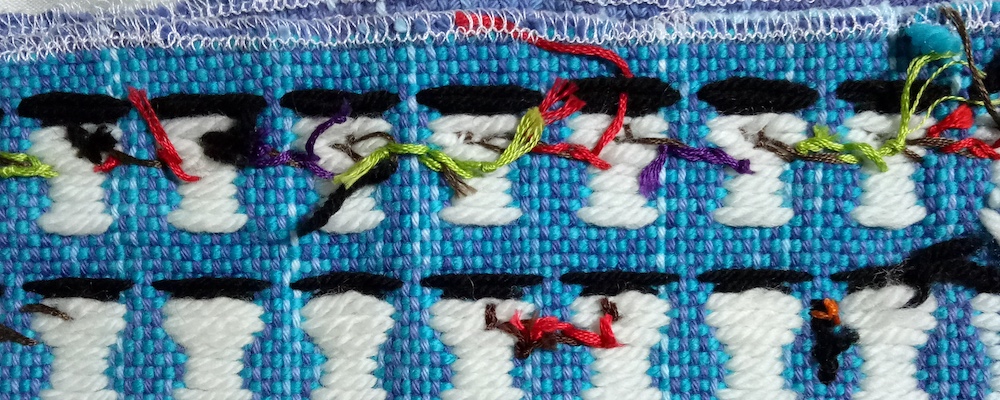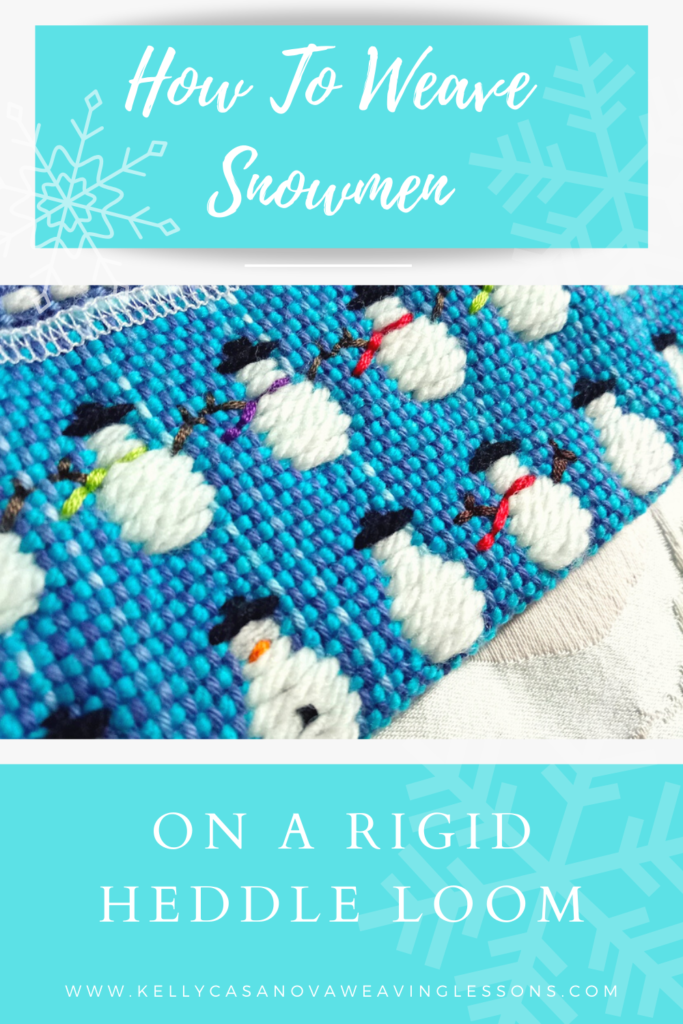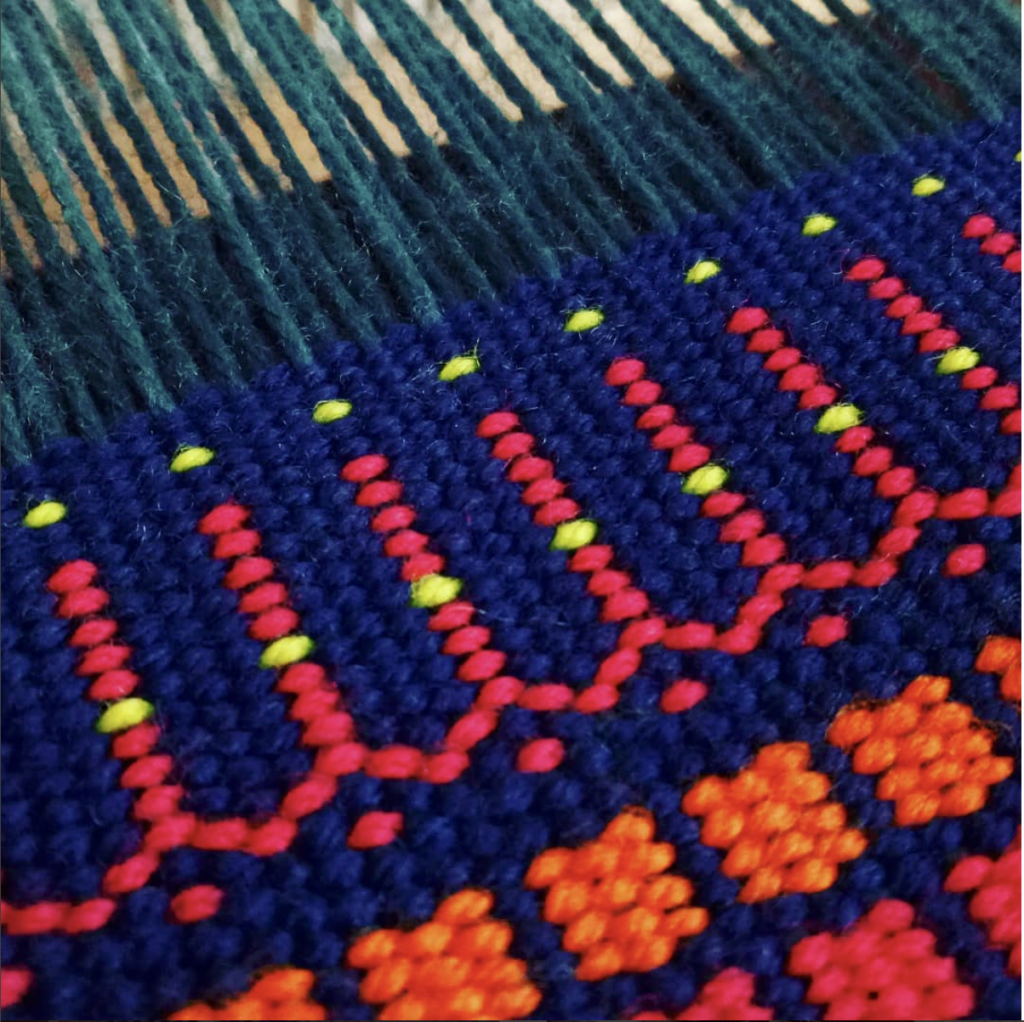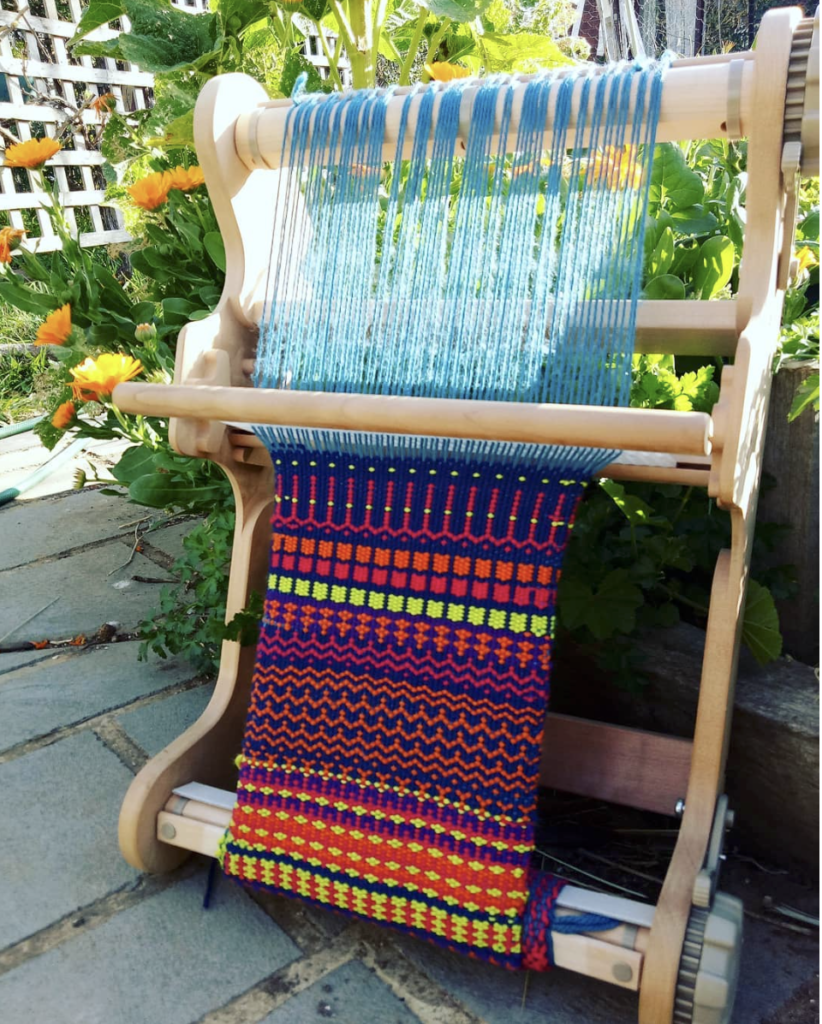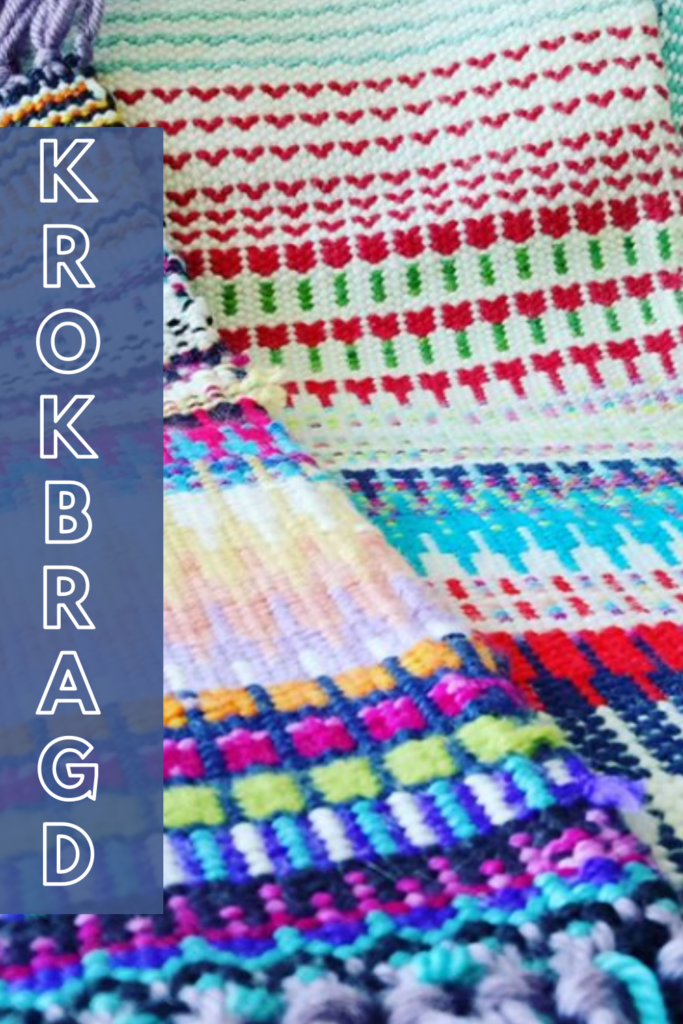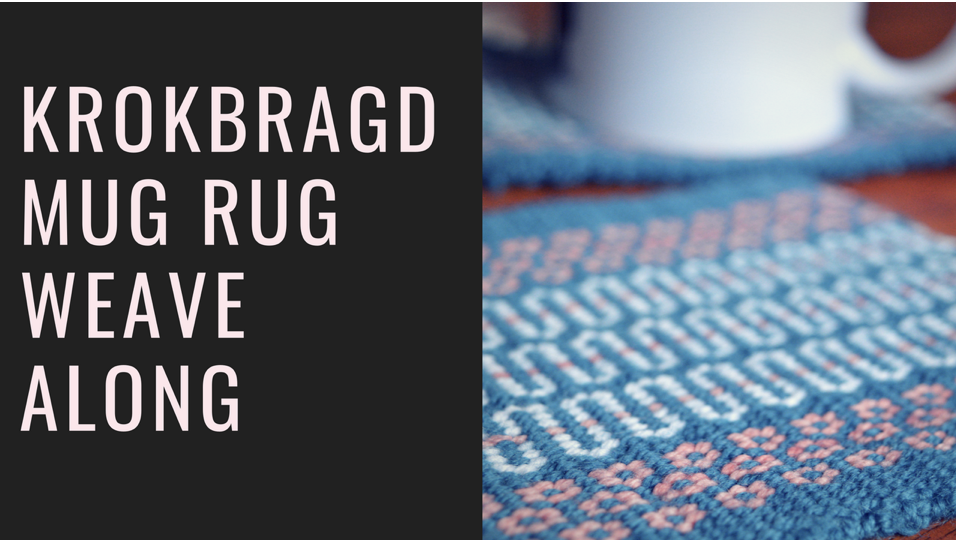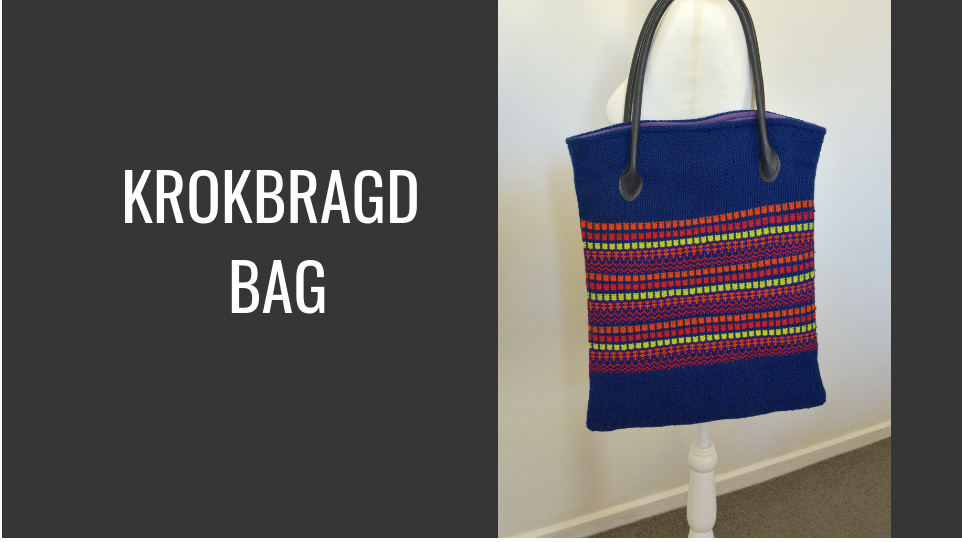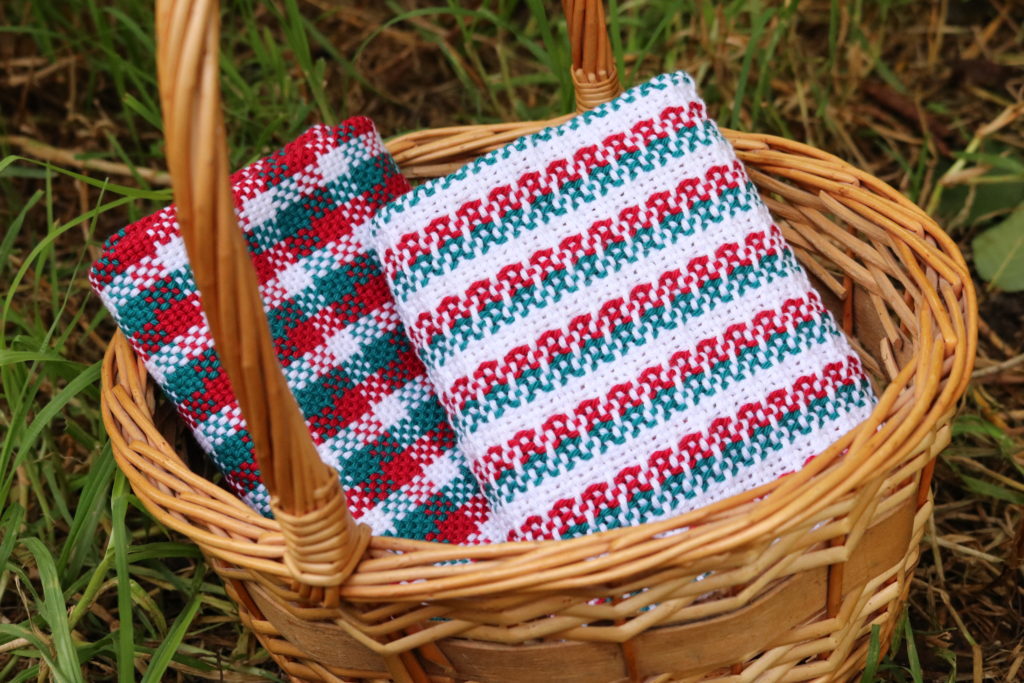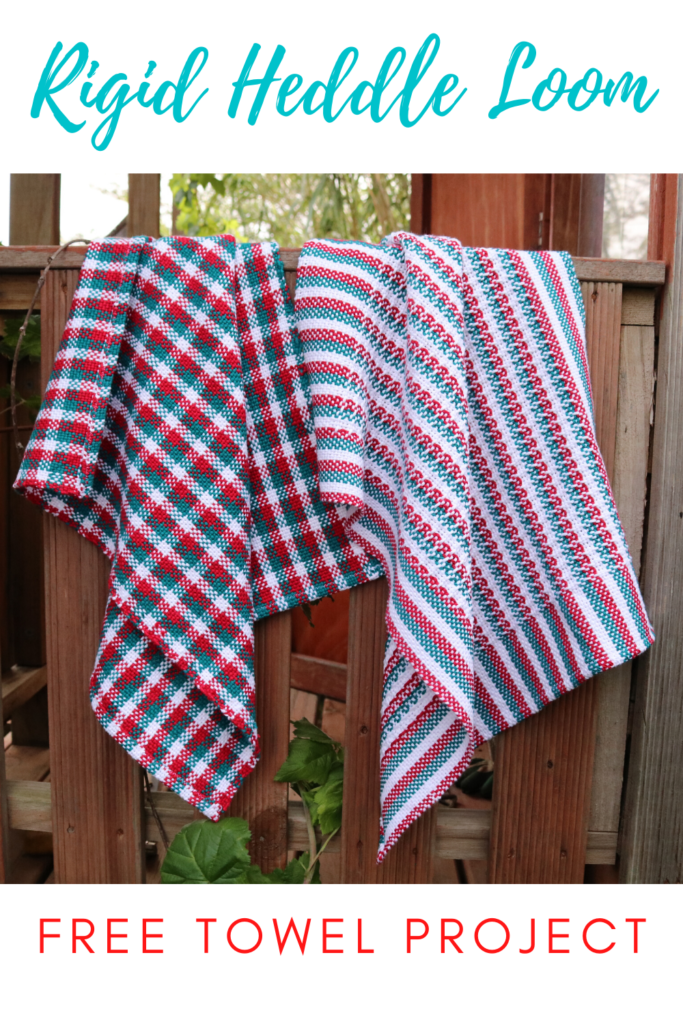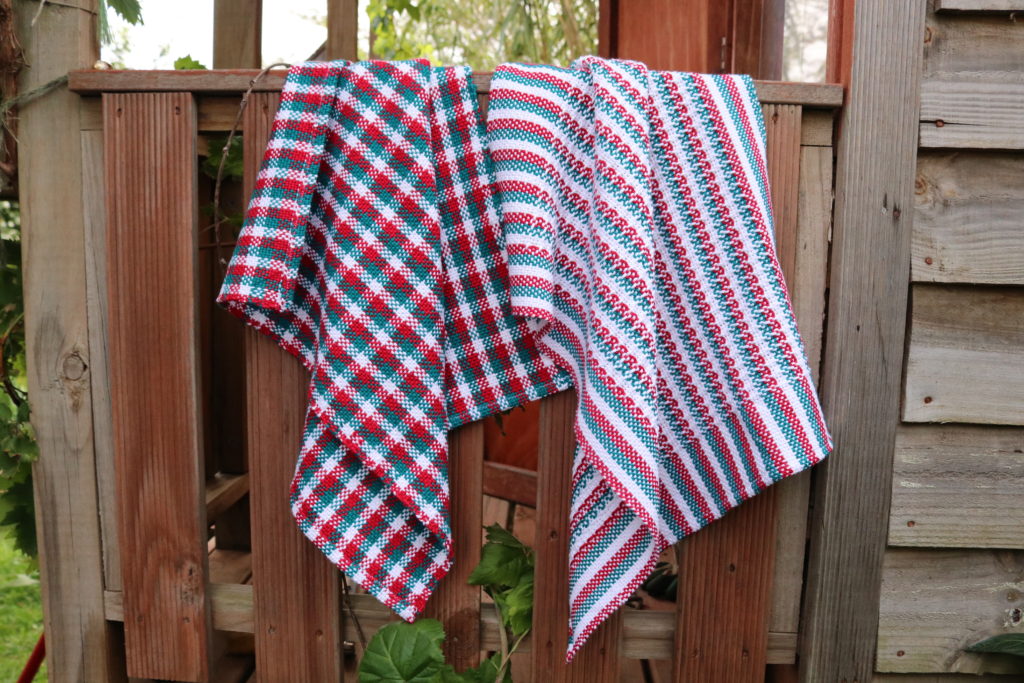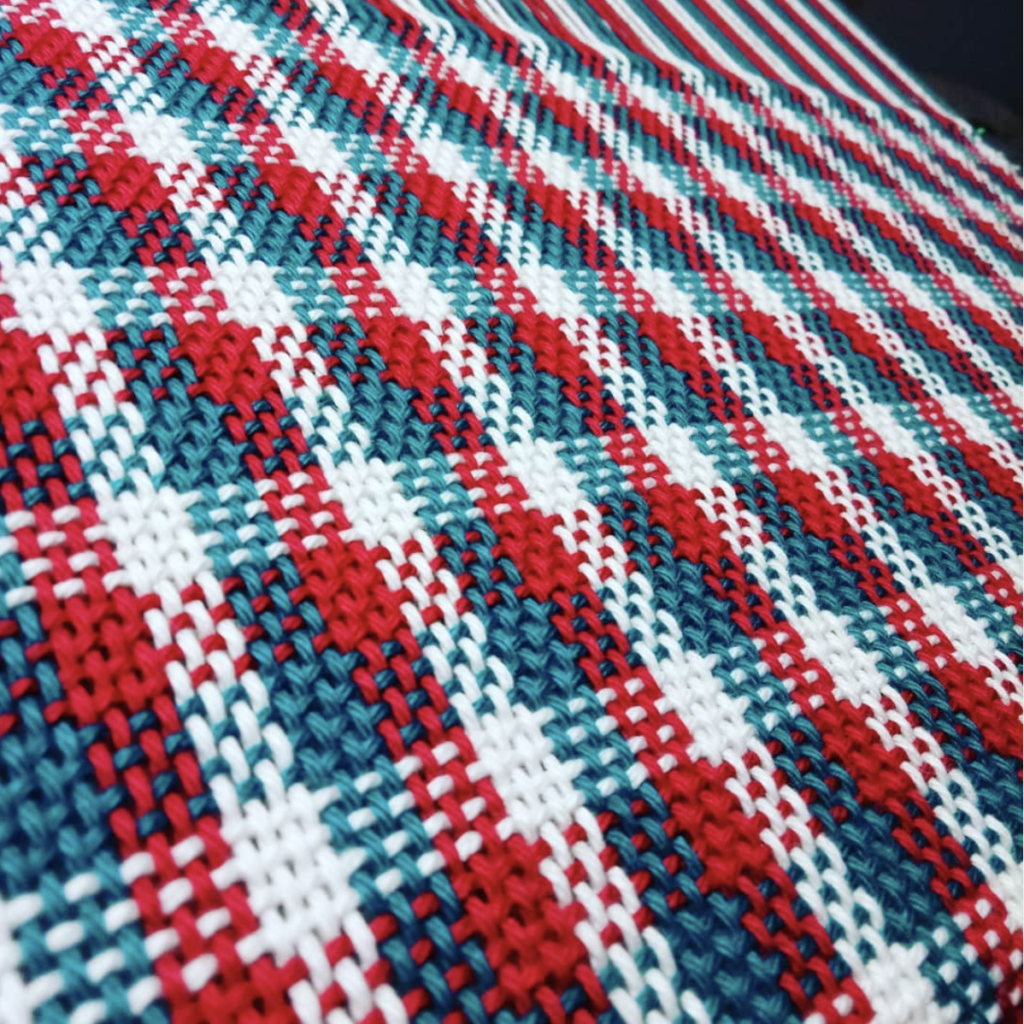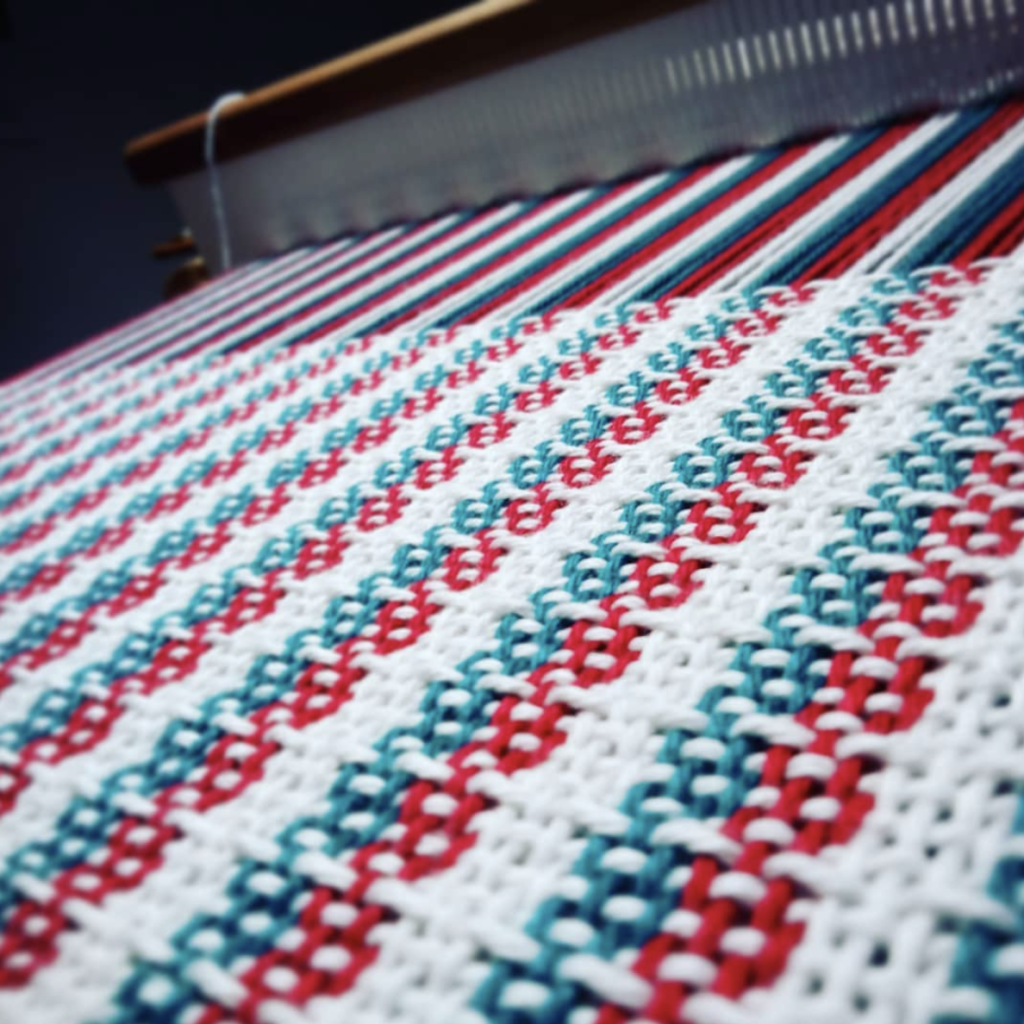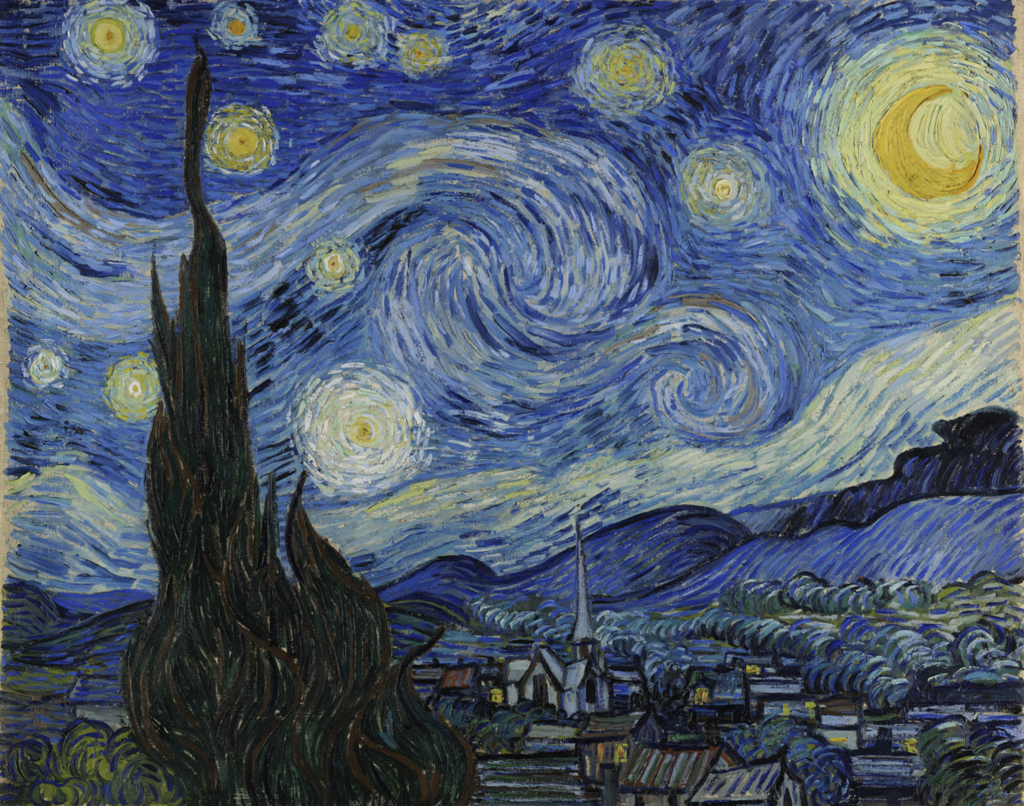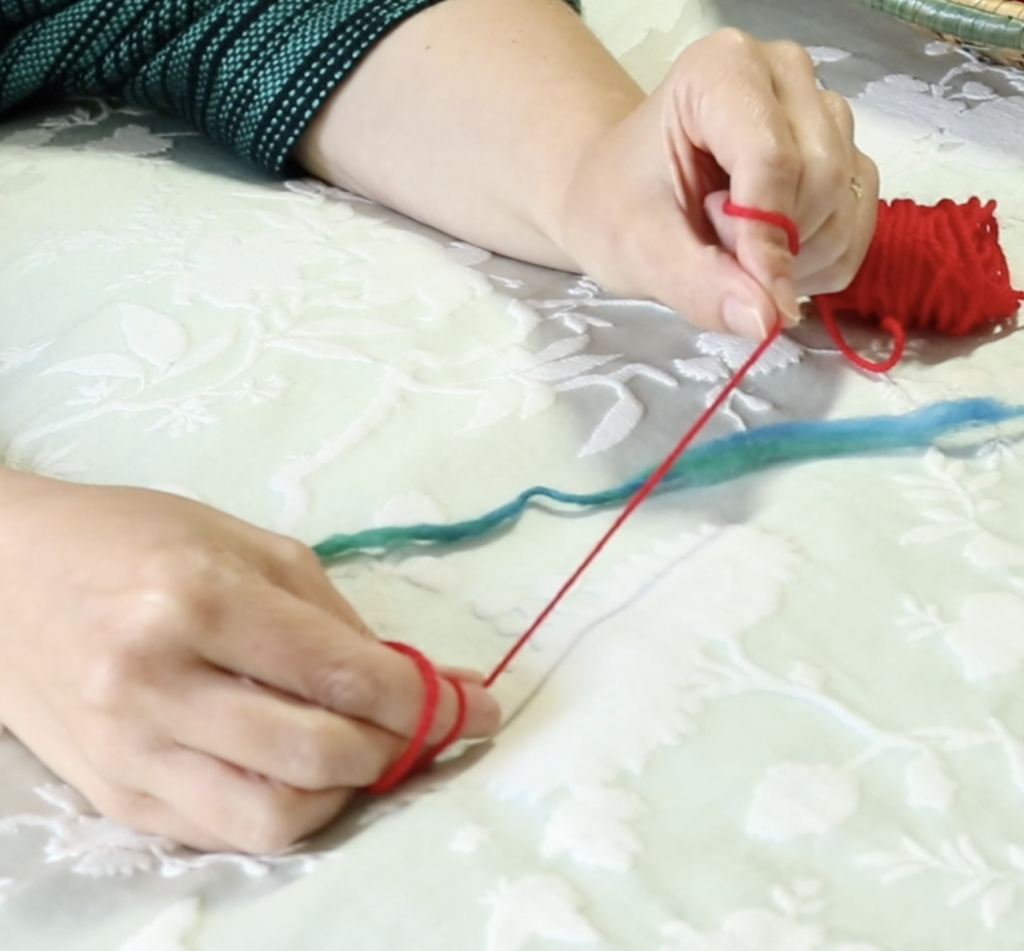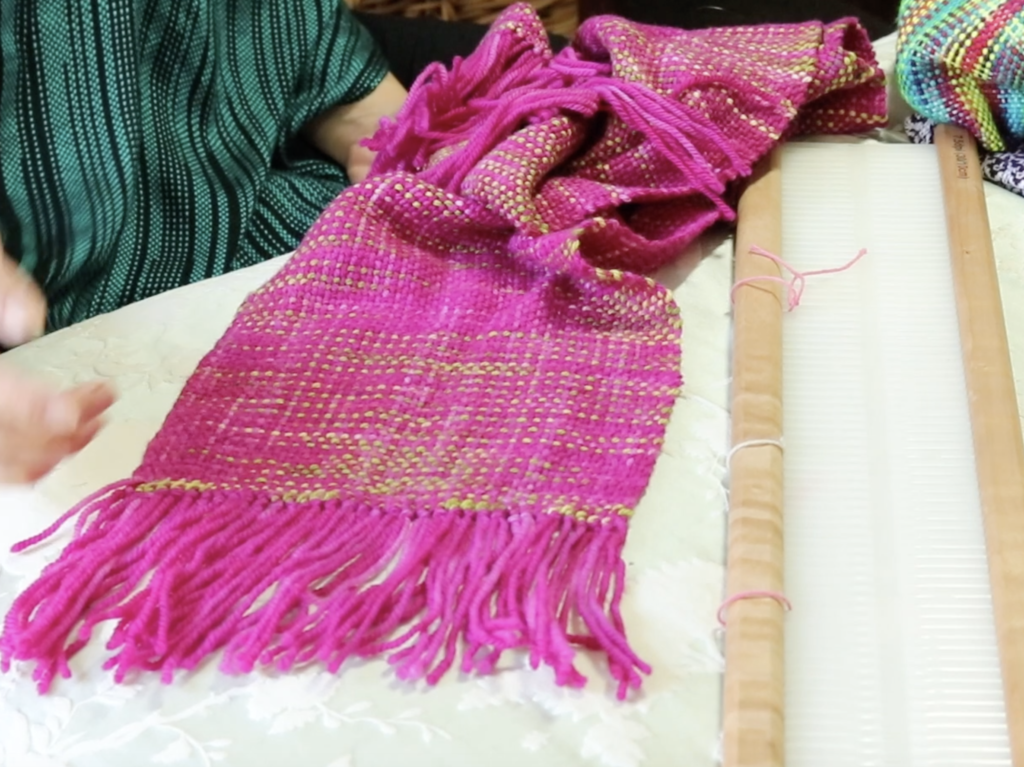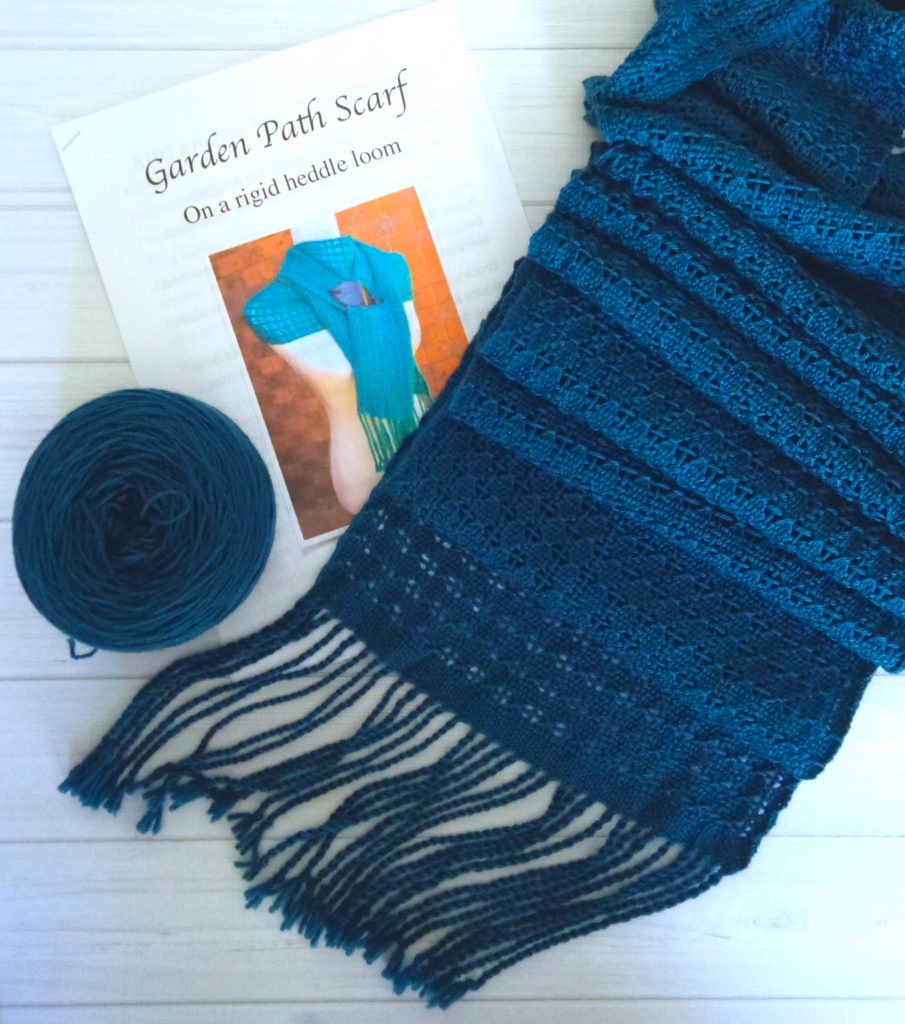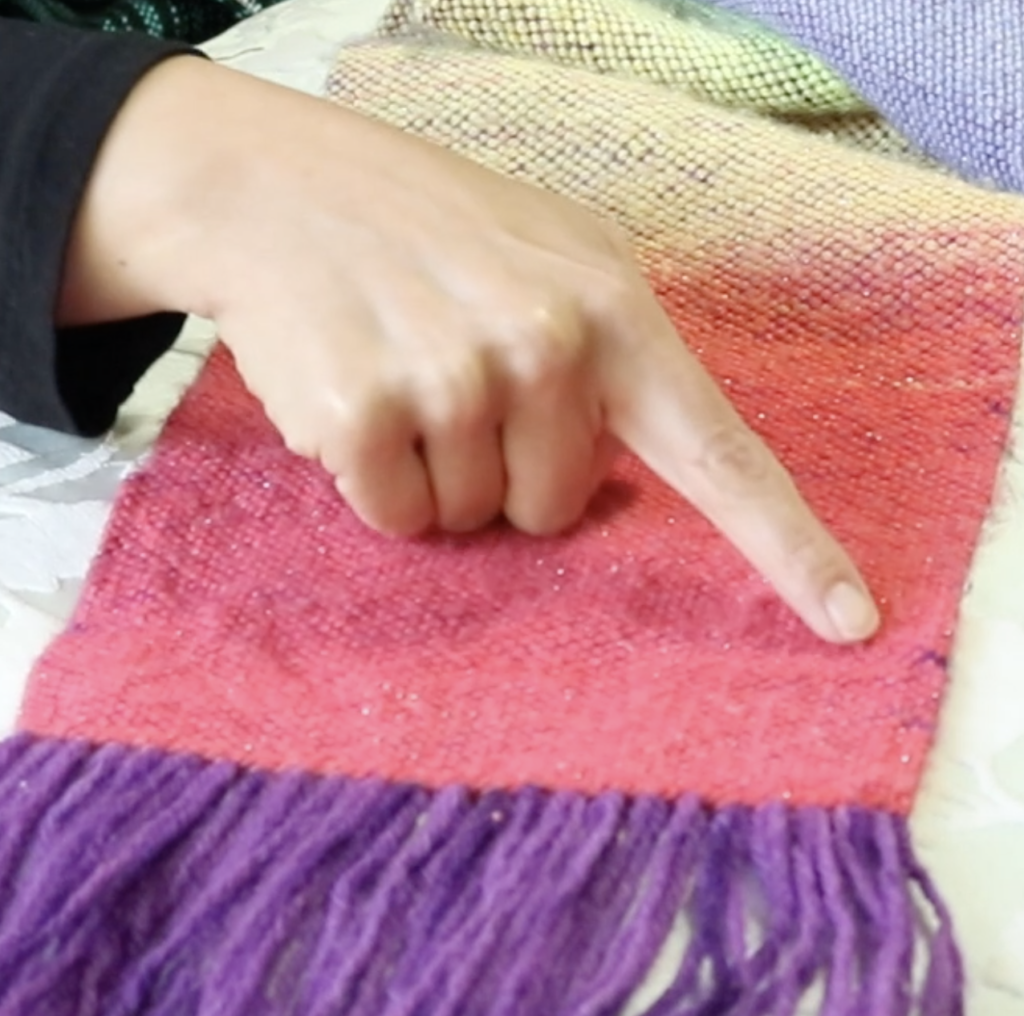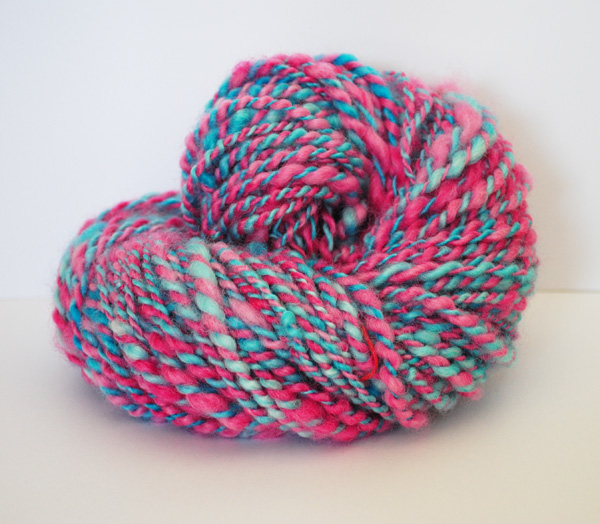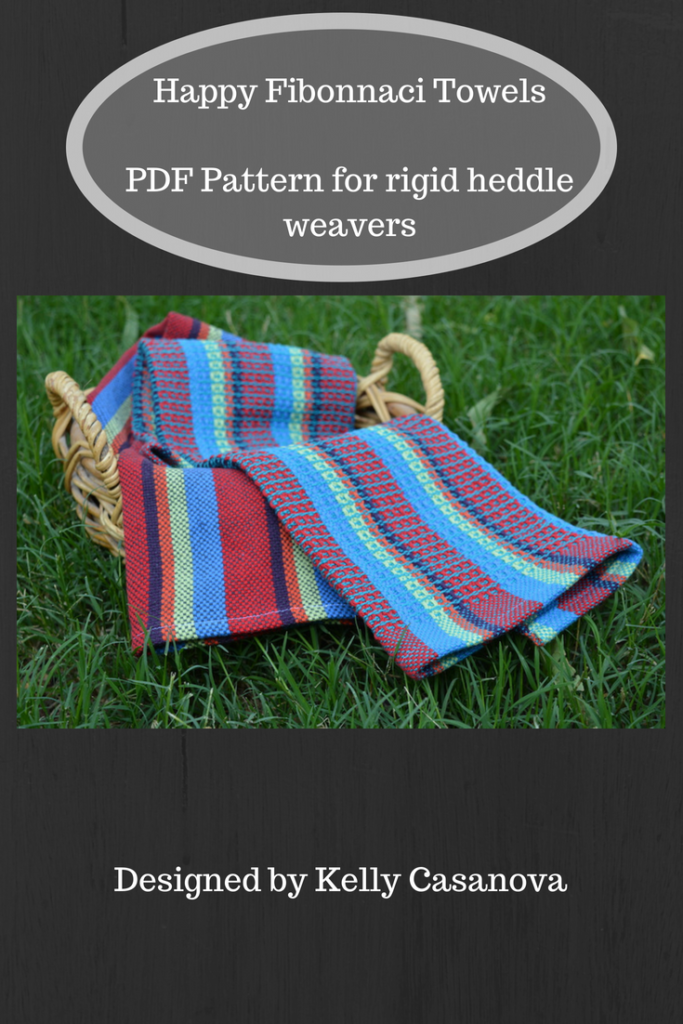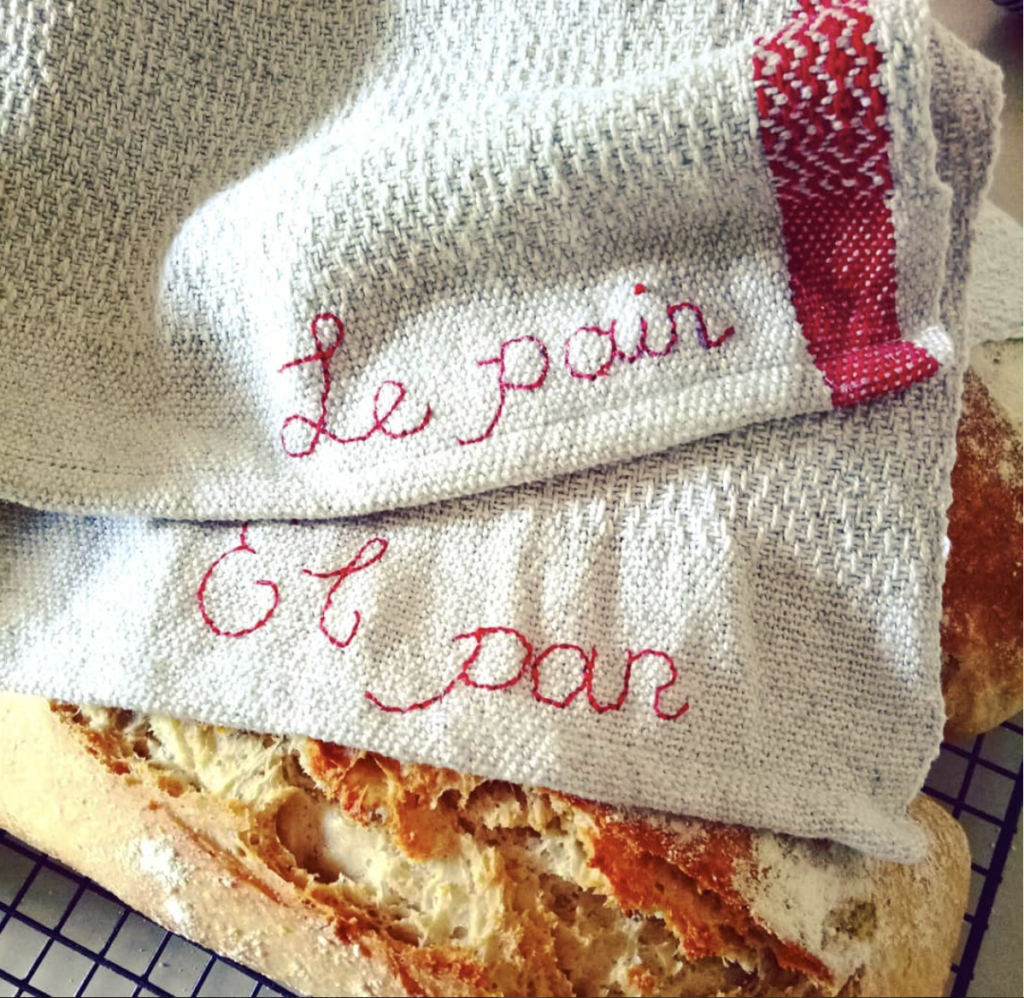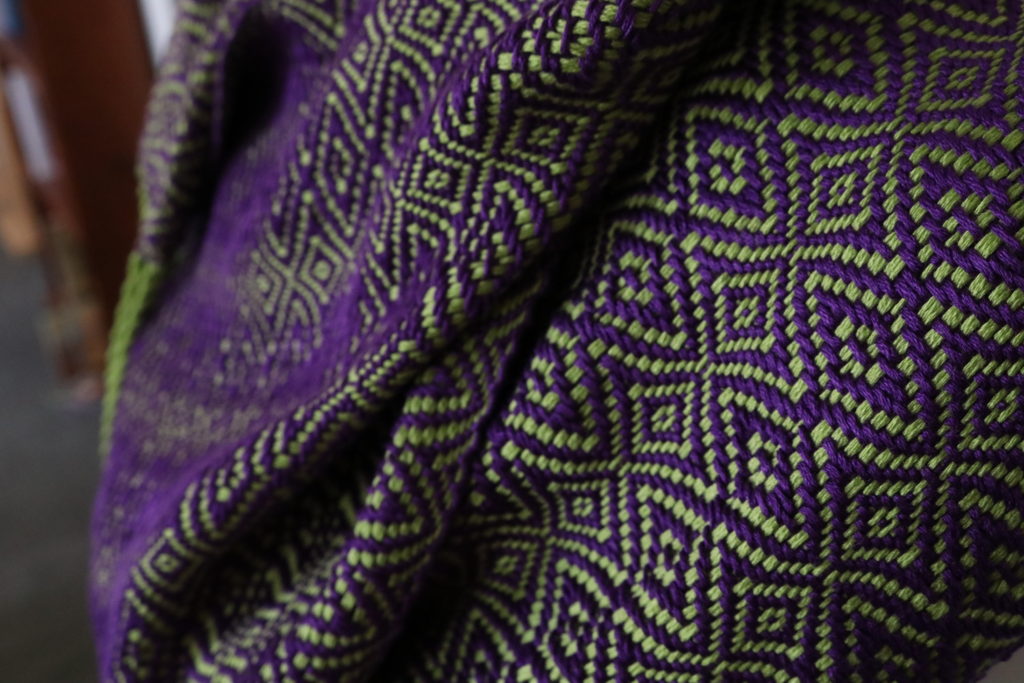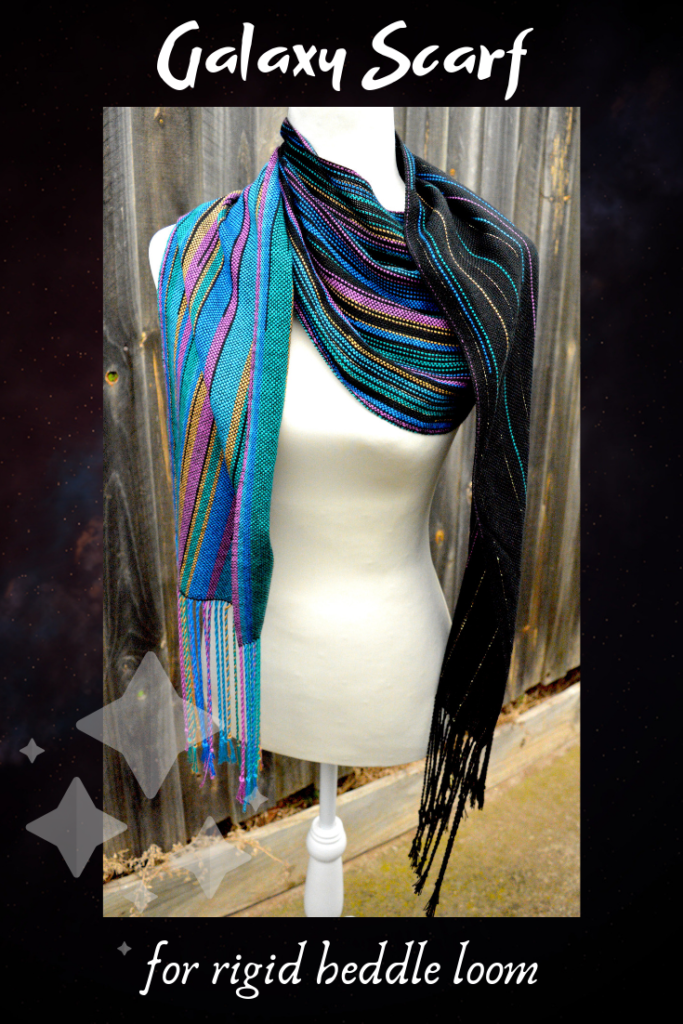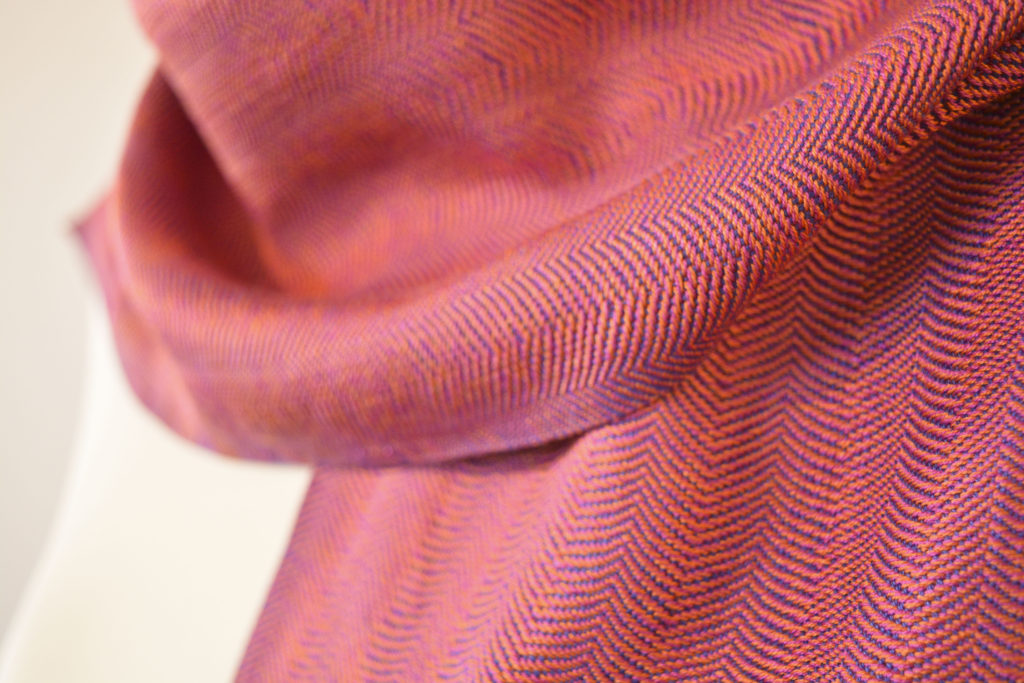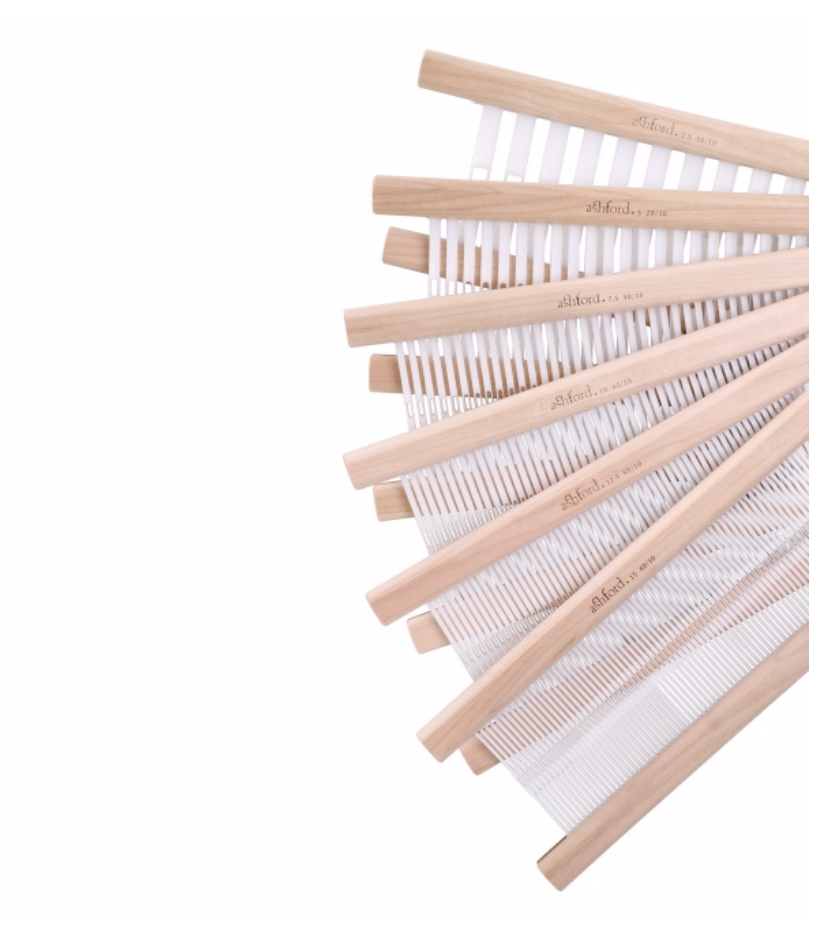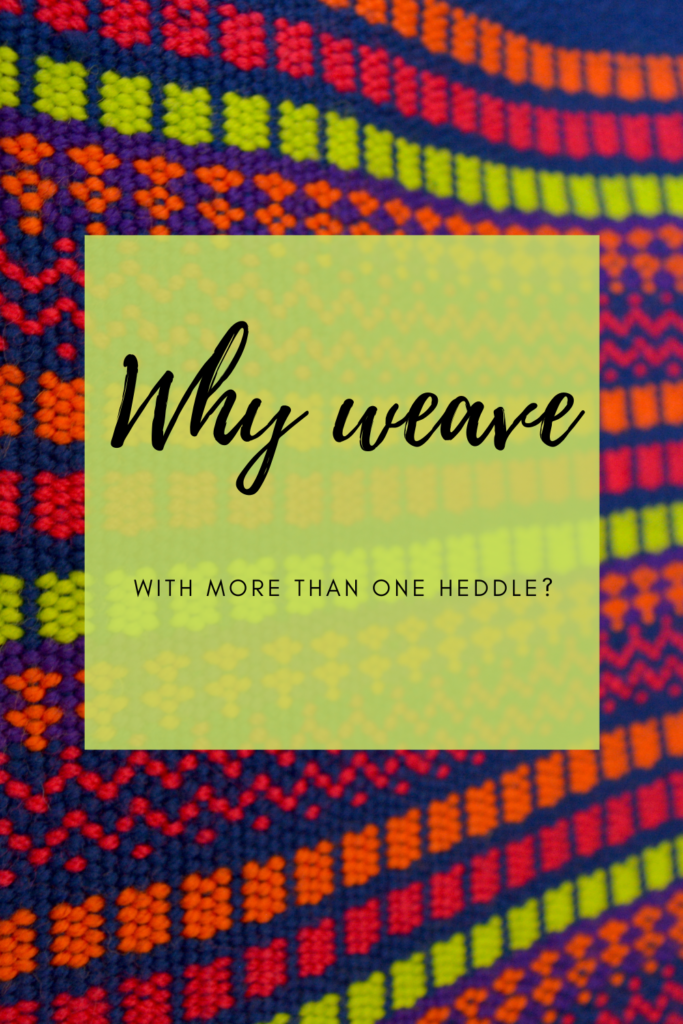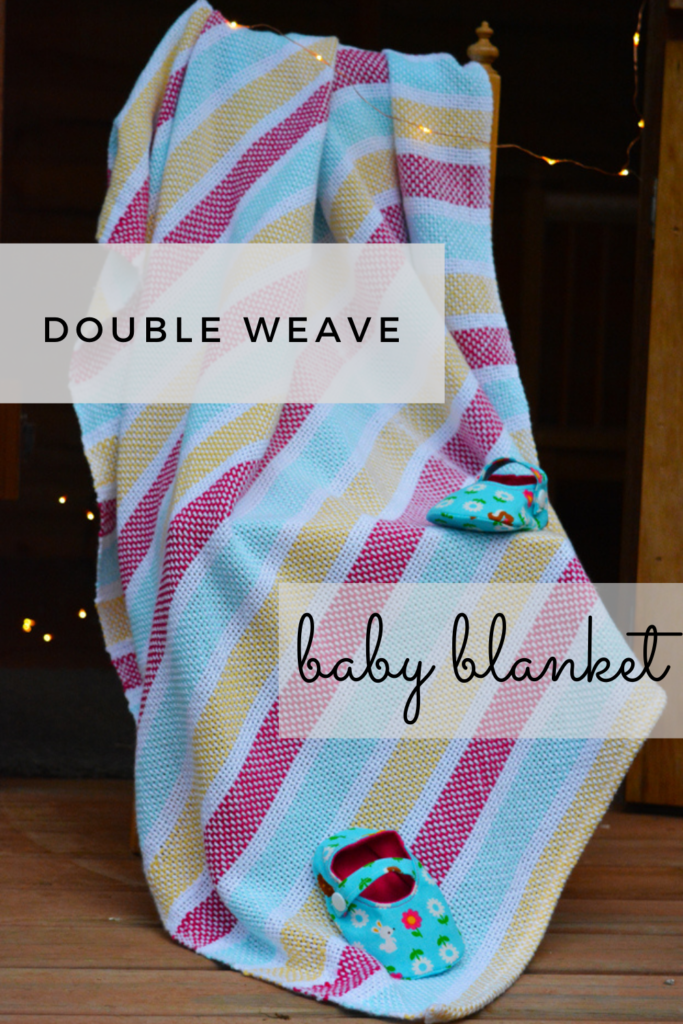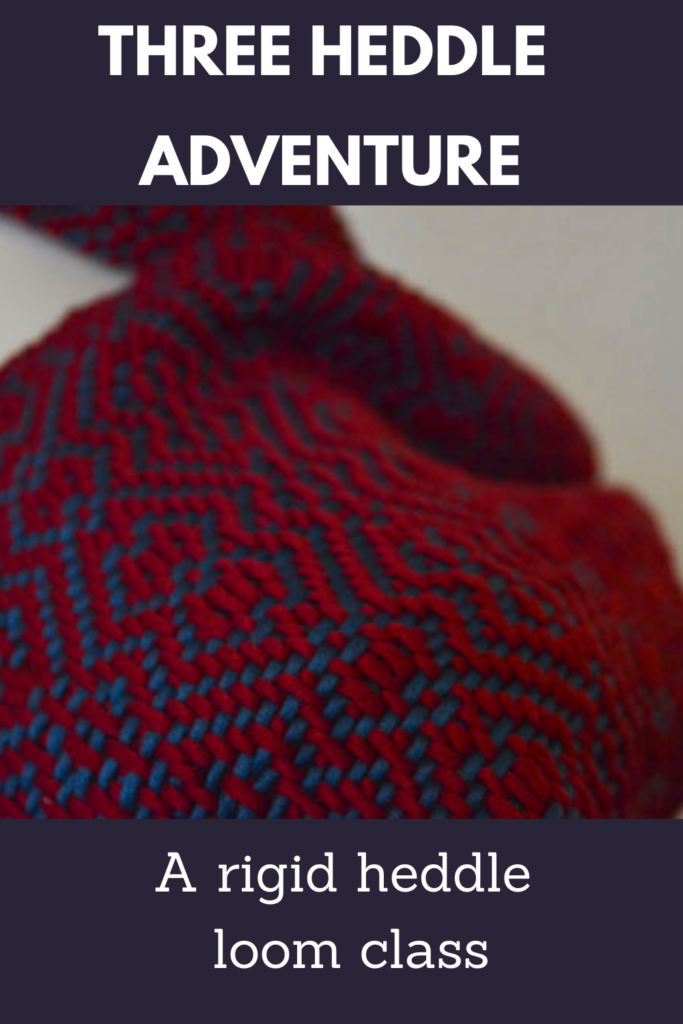There is a lot of information available for newer rigid heddle weavers nowadays, not like when I started and almost felt that I was on my own. But the problem that arises when there are so many resources is trying to make sense of them and put them all together. I thought it was time for me to do something about that!
I created the Weaver’s Toolkit e-booklet as a quick reference guide and go – to resource. It is invaluable to newer weavers, but also to seasoned rigid heddle weavers as a way of having important and useful information all together in one place. As with all my content, I’ve packed in as much information as I could for a really affordable price.
Oh, and it’s pretty too! ❤️
The thing that I really love about teaching weaving and having a large online audience is that my people tell me what they need. I hear about the most common weaving difficulties and the problems that plague them the most. And then I get to help by offering advice, links and resources like the Weaver’s Toolkit!
*This post contains an affiliate link
So, let’s have a look at what is actually in this e-booklet.
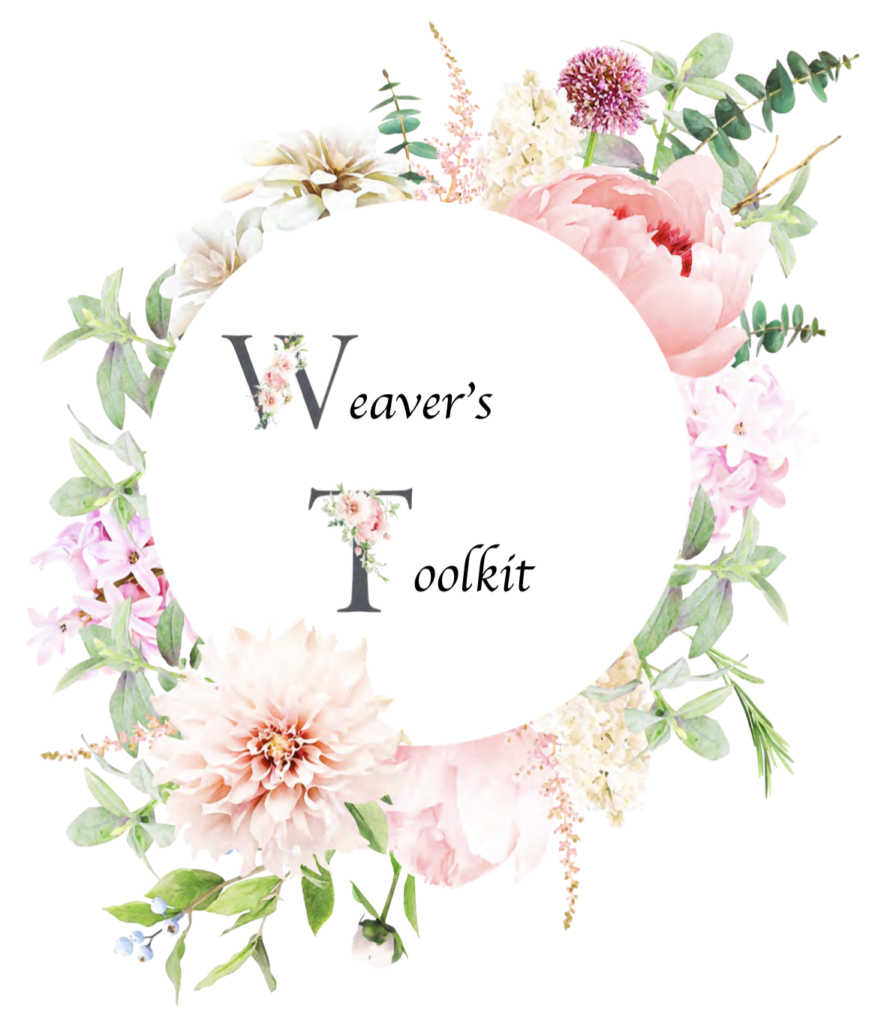
Available as a digital download from my Etsy shop, the Weaver’s Toolkit is a 22 page e-booklet that covers some really important information and guides.
I wrote the e-booklet for rigid heddle weavers, so all of the information applies to the rigid heddle loom.
I started out with calculation sheets. These are just so important when you’re starting to weave, the mathematics takes a little getting used to, but once you are, you can plan to weave anything. I use these sheets with every single project I weave. Not only for planning purposes, but also as an important record of the project specifics once I’ve finished.
The calculations sheets included in the e-booklet are similar to the free sheets you can find here, but are more detailed and much more attractive to look at!
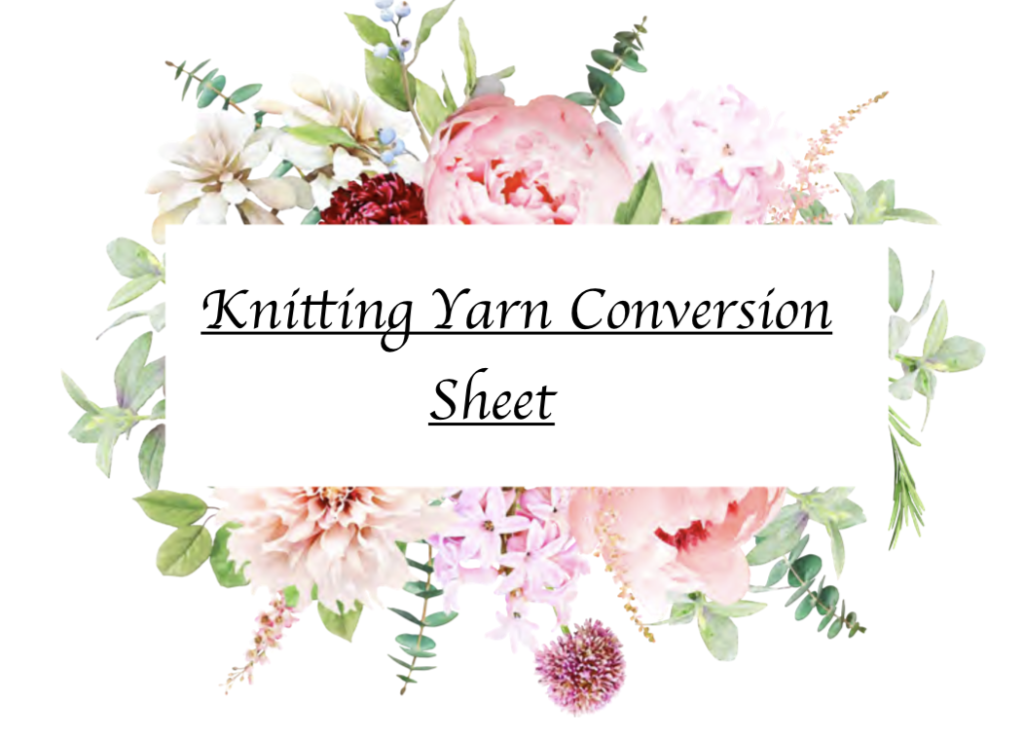
There is a record sheet aside from the calculations sheet that will help you to properly record all the details from your project to prevent “project amnesia” (it’s not just me that suffers from this condition, right?)
The yarn conversion charts are so useful. Something I’ve found a difficulty as a weaver (and I know many of you do too!) is trying to decipher different yarn names from country to country. The names, the thicknesses, the appropriate uses of the yarn, it can be so confusing! The quick reference sheets in the Weaver’s Toolkit makes it easy.
I have a section on sett, which I thought was really essential to include in the booklet. One you understand how to properly measure your yarn for an appropriate sett, you will completely take the guess work and anxiety out of any project. The yarn will tell you what to do, you just have to know how to listen, and I explain it and give links for additional resources. It’s easy once you know how!
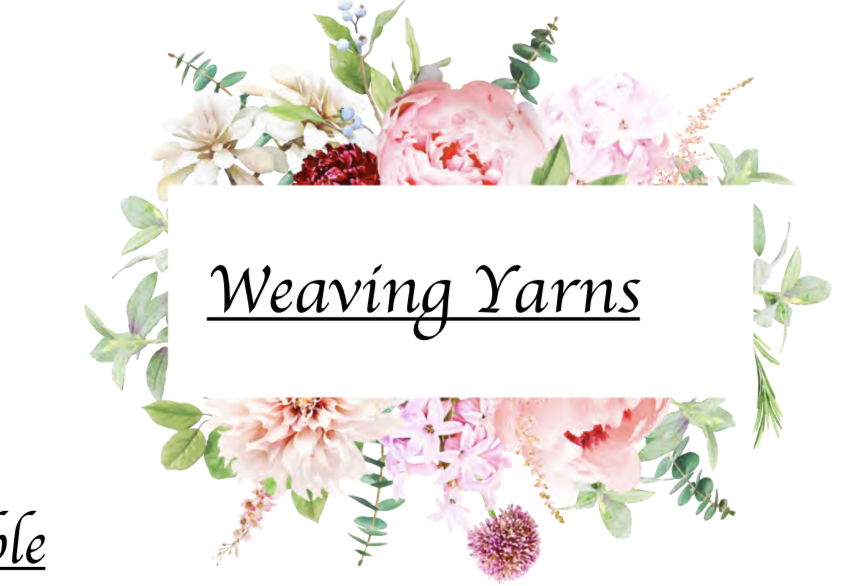
I also have information on tools you need for rigid heddle weaving, what you don’t need, and what could be handy for you to own down the track.
The measurement conversion sheets are another handy guide included, to help you quickly and easily translate patterns or projects into the terms that you personally know and use.
The glossary of weaving terms demystifies common terms used in rigid heddle weaving so that you can look them up whenever you need to and begin to memorise them over time.
Finally, there is a sizing chart for typical projects or items you might want to weave. Things like baby blankets, household linens, and bedding. This will help you to plan for the dimensions needed for many items you will be weaving.
To recap what exactly you get when you purchase the Weaver’s Toolkit, here is a list of topics covered:
*Detailed calculating warp and weft sheets
*Project record sheet
*Knitting yarn conversion chart
*Knitting yarns and the rigid heddle loom chart
*Weaving yarns size and recommendations charts
*Sett explanation and instruction pages
*Rigid Heddle Weaving tools pages
*Measurement conversions sheets
*Glossary of common weaving terms sheets
*Typical project sizing charts
All of this is collated into a digital file which, once downloaded, you can print out and keep as a quick reference guide.
The calculations and record sheets can be printed and used over and over for every weaving project you undertake. I’ve provided calculations sheets with and without artwork, for those who may wish to economise on ink.
The Weaver’s Toolkit is available to purchase, download and print right now by clicking on the link below.
Yes, please take me to the Weaver’s Toolkit…
If you have any questions about the booklet, please leave them in the comments below, I love to hear from you!
Until next time…
Happy Weaving!

